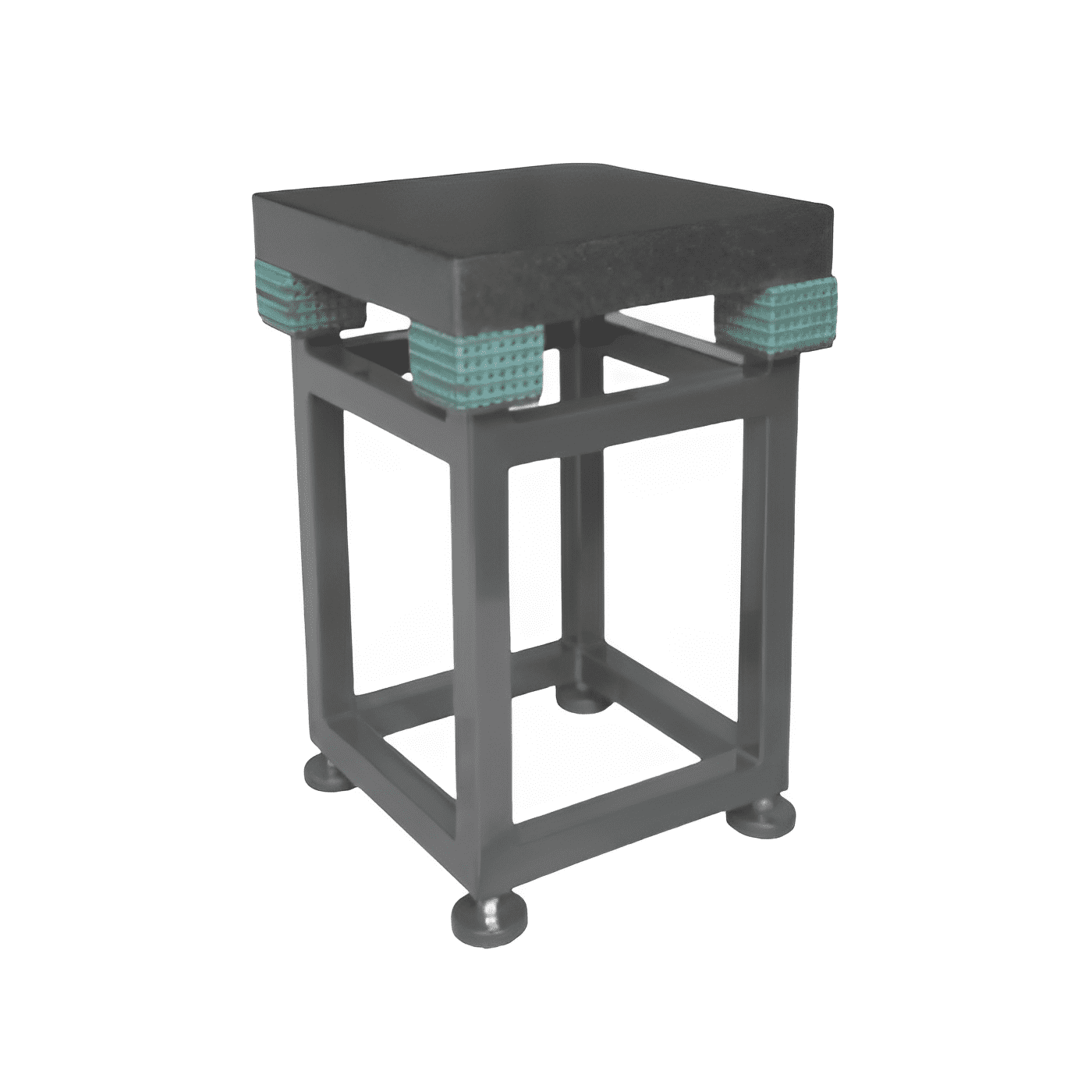What is PVDF Blotting Membrane?
In Molecular Biology and Protein analysis, scientists use PVDF Membranes in Western Blotting to detect specific Proteins in cell or tissue extracts.
Description
Anachem Lab PVDF Blotting Membrane is ideal for western Blotting, Protein sequencing, and Protein binding assays.
Features
- Strong protein Adsorption capability, stronger signal,
- low background High mechanical strength,
- good ductility Broad chemical compatibility
PVDF Membranes are preferred for Western Blotting for several reasons:
1. Protein Binding Capacity: PVDF Membranes have a high protein-binding capacity, which means they can efficiently capture proteins transferred from a gel during the blotting process. This is essential for the detection of low-abundance proteins.
2. Durability: PVDF Membranes are robust and durable. They can withstand the various steps of the Western blotting process, such as transfer, blocking, antibody incubation, and washing, without tearing or degrading.
3. Compatibility: PVDF Membranes are compatible with a wide range of detection methods, including chemiluminescence, fluorescence, and colorimetric detection, making them versatile for different types of assays.
4. Low Background: PVDF Membranes generally have low nonspecific binding properties, resulting in minimal background noise in Western blot images. This is crucial for obtaining accurate and specific results.
5. Chemical Resistance: PVDF membranes resist chemicals like methanol and ethanol, ensuring efficient protein transfer during Western blotting. In Western blotting, proteins migrate to a PVDF membrane. Blocking prevents nonspecific binding, and specific antibodies identify the target protein, visualized based on the selected antibody. Overall, PVDF membranes’ popularity arises from their high performance and compatibility with various applications in protein analysis and detection.








